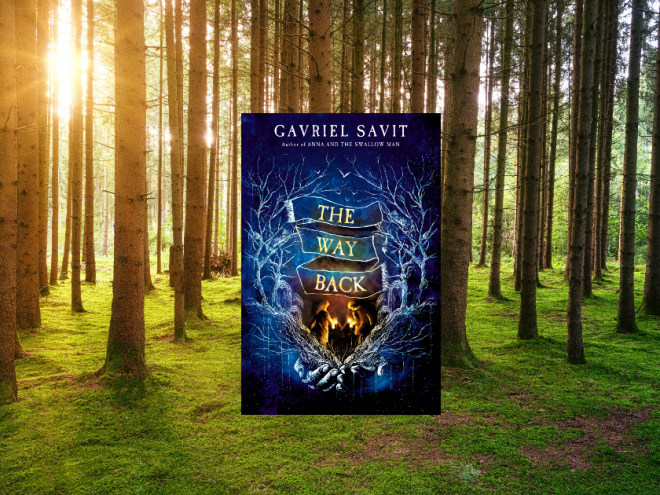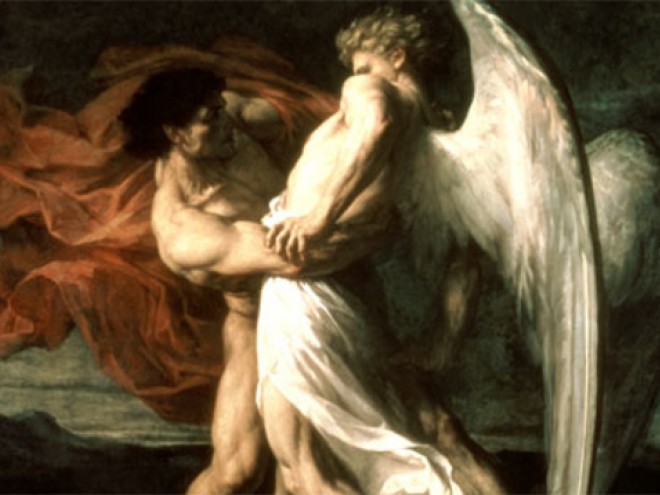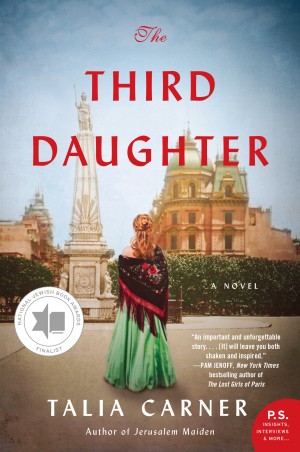In Gavriel Savit’s magical realist novel The Way Back, two young Jews, Yehuda Leib and Bluma, struggle to return from the threshold of death, and to understand the meaning of losing loved ones who will not succeed in this escape. Set in a shtetl and populated by every village type — from the wise rabbi to the sinister collaborator who kidnaps Jews for the Tsar’s army — the novel envelops readers in a thick tapestry of the Ashkenazic past. While it is beyond dispute that “each of us crosses the threshold of the House of Death, and each of us goes alone,” Savit offers a movingly detailed portrayal of this lonely journey through the story of two characters who attempt to outwit the Angel of Death.
In a community where social relationships and roles are usually stable, even rigid, chance encounters and narrow escapes lead to Bluma and Yehuda Leib’s eventual companionship. Both characters are desperate to retain their parent figures — in Yehuda Leib’s case, a father he has never known, and in Bluma’s, the archetypal bubbie who has “trained” her “over a lifetime of Friday nights to know the smell of her soup.” When circumstances bring the two together, they try to elude the dark forces determined to take their loved ones away forever. Each encounter with a demon or an emissary of death is dramatically drawn, establishing how real these creatures are in the circumscribed world of the shtetl, and how only precisely defined practices can provide protection from their power. While some readers might already know that, according to the Talmud, there are eleven thousand demons for each human being, they might not be familiar with the formulas that Savit describes for escaping them.
At times, the evocative background can almost overwhelm the characters as fully developed individuals. Metaphors chase one another in rapid succession, sometimes too obviously embedding proverbial sources of wisdom: “What do you think will become of you if you strike down Death? …What becomes of the sheep that is separated from the herd? What becomes of the candle left to the wind?” The Hasidim and their rebbe are somewhat romanticized figures, pure symbols of tradition vulnerable to evil. Yet readers may decide that Savit’s story is intended less as a modern narrative of character and more as an exploration of a vanished past — one where folklore is not an object of study, but an immersive environment. There are certainly moments when Yehuda Leib’s need to resurrect his missing father is psychologically subtle, and his friendship with Bluma has a poignant dimension. The children become more than just symbols of mutual loss, but, in a poetic and tangible image, “two red stitches looped together in the endless scarf of living.”
In this highly recommended book, Savit experiments with boundaries, incorporating literary allusions and even invented magical texts. He challenges his characters to defy the physical laws that control the universe, as well as the deeply held beliefs that define their parallel Jewish world. Readers willing to participate in Bluma and Yehuda Leib’s courageous challenge will be rewarded for their efforts. They will even learn that salt, cold metal, and red thread can drive away any demons they encounter.
Emily Schneider writes about literature, feminism, and culture for Tablet, The Forward, The Horn Book, and other publications, and writes about children’s books on her blog. She has a Ph.D. in Romance Languages and Literatures.





